Pottery has been produced and widely used in Ukraine since ancient times. It is perhaps the oldest form of folk art, which carries invaluable information about ancient life. So what is pottery and how did it develop in our country?
So, making various household items, dishes, toys, tiles, etc. from clay and heating them at high temperatures is what pottery is. This craft is quite ancient, it began in the Neolithic era, and over time it developed into a type of folk art. Clay is a fairly plastic and soft raw material when a product is formed from it, but after processing - firing (at a temperature of 900 degrees) - it becomes a hard material. Clay has a very wide palette of natural colors - starting from white, cream, moving on to ocher, red, brown and dark gray. There are ceramic paints that generally give pottery products a wonderful effect. They are made from colored clay - engobe, respectively. Decorative or transparent glazes are also used, which cover the product on top.
Potters of primitive times sculpted their products by hand: they glued small pieces of clay mass, no thicker than a finger, to a stone or any wooden form, or wrapped a strip of clay in a spiral, thus molding and perfecting the vessel, which was conical in shape, with thick walls and a sharp bottom. Such vessels did not have clearly defined roundness or a clear silhouette, but the product performed its function. This technique has stood the test of time and exists on a par with work on a potter's wheel and is still known to masters today.
The potter's wheel was invented in the 4th millennium BC. At first it was manual and rotated quite slowly, then it was improved and became high-speed in the Middle Ages, received a foot drive, and this was at one time a significant revolution in the development of the entire pottery craft. The circular turning technique allowed not only to increase the output of clay products, but also to make the products more perfect and elegant. A vessel made on such a wheel had thin, light walls, its shapes had harmonious outlines, it was possible to apply ornamental stripes, lines and other decorative elements to the surface.
Folk pottery masters used several techniques to decorate the finished product in their craft. These were glazing, engraving, carving, stamping, flanging, and molding.
Let's take a closer look at each of these techniques.
Etching (or scratching, engraving, "cutting") was done by making a deep groove with a small wooden stick or nail, like a pencil. This way a pattern of any shape was scratched out.
Glazing (or as it was also called polishing) was done with a smooth object, it could be a pebble, on a dry shard - lines, stripes and other decorations were applied.
When working in the technique of engobe, a special horn was filled with engobe, and either a goose feather or a glass tube was inserted into the hole at the bottom. In this way, the engobe paste was easily applied to the surface of the finished product. Later, closer to our time, the horn was replaced for convenience with a rubber bulb. In this technique, masters wrote lines, straight and wavy, applied dots, leaves, rosettes or other ornaments.
Flandruvaniya – three or four strips of engobe of different colors were connected with a sharp object, it looked like marble stains, they were clear and zigzag-like.
Today, pottery distinguishes four types of products according to their purpose: various dishes for any purpose, sacred objects (icons, crosses, candlesticks, etc.), toys, objects for the home and its furnishings (these can be tiles, planters, vases, or other oriental products).
When in the 10th century the Old Russian state was formed, the production of pottery gradually developed and increased. This was especially true in cities. Products began to be covered with opaque, and later transparent glaze. Potters of Old Russia usually made kegs in which grain was stored, or bowls, mugs, pots, jugs.
The 14th century was characterized by the production of convenient, cheap dishes in which dishes were prepared. They were decorated with polishing and wooden stamps - circles, rays, teeth, stars, and swallows.
Pottery reached its highest level in the 17th-18th centuries. At that time, products were painted not only with engobes, but also with enamels - ceramic paint similar to glass. This opened up the possibility of using different colors, enriched the palette of potters. Popular at that time were floral ornaments, images of figures, mainly bowls and tiles were decorated. The most widespread pottery was in Poltava region, and among Poltava pottery centers such as Hlynsk, Zinkiv, Myrhorod, Opishnia stood out the most. In 1789, about two hundred potters worked here, they produced festive dishes for various drinks (baklags, jugs, kumantsi, barrelets) and decorative figured dishes of a sculptural nature: lions, rams, roosters, grasshoppers, they were decorated with floral ornaments. Hlynsk was famous for the work of the Sulym family, who made flyandrivka the leading technique of the city, sometimes combining it with floral patterns and motifs.
In the Dnieper centers of pottery craft – Dybyntsy, Revivtsy, Kaniv, Sunky, Tsvitna, etc. – solid household utensils decorated with drawings and figured drinking vessels, mostly in the form of animals and birds, were popular.
As for Podillia, pottery production was widespread in Haisyn, Bar, Bubnivka, Smotrych, Letychev, etc. Bubnivka ceramics, for example, were characterized not only by clear plant patterns, but also by small sculpted bird figures, which were placed on the lids of market jars, jugs, etc.
In Western Ukraine, the leading centers of pottery were Yavoriv, Potelych, Pustyn, Kolomyia, Mukachevo, etc. The pottery workshop in Kolomyia was established in 1661. Here, dishes were produced, as well as candlesticks and tiles, which were decorated with fleur-de-lis or carvework.
In the 19th century, each region that was engaged in pottery began to have certain characteristics. They depended primarily on the quality of the materials used in the work, the level of technical development of production, the traditions of the given region, and other factors.
The products of the master potters of Opishny were distinguished by their originality. For example, one of the local masters, Fedir Chervinka, not only engraved on the wet surface of the product, but also glued relief motifs of an ornamental nature onto it. Vasyl Porosny introduced various fantasy fairy-tale birds and animals into the lace ornament of plants.
In Podillia, among the potters, Andriy Honchar from the village of Bubnivky was famous: he was the first to introduce the production of red painted dishes in his native village. The potters of the village of Bar, Petro Lukashenko and Pavlo Samolovych, decorated bowls with figured compositions that revealed entire themes. In the village of Adamivka, Yakiv Batsuta worked, who gained popularity not only within Ukraine, but also far beyond: he made dishes of spherical shapes and painted them with silhouette figures.
In the Hutsul region in the 19th century, Kosiv and Pistyn became the leading centers of pottery. Kosiv ceramics became famous thanks to the work of the original Oleksa Bakhmetyuk. His father, Petro Bakhmetyuk, was engaged in the manufacture of unglazed dishes. As a young man, Oleksa studied and worked with the famous potter-tile maker Ivan Baranyuk, who lived in the suburb of Kosiv, Moskalivka. Later, Oleksa inherited his father's workshop, and his own work was distinguished by the unusual painting of tiles and dishes. The ornamentation of this master consists of flowers with many petals, triangular leaves, grape clusters, birds on branches, goats, horses, deer. Boldly decorated floral ornaments were called "Bakhmeshin".
The Pistyn center of potter's craft is associated with the work of entire potter families who became famous for their creativity: the Voloshchuks, Zondyuks, Koshaks, Mykhalevychs, Tymchuks and other families. They specialized mostly in painted bowls, jugs, plates, etc. Petro Tymchuk also made unusual unique figurines of rams, goats, deer carrying pots on their backs - they were used for indoor flowers.
Ancient pottery centers of the Lviv region were formed - Gavarechchyna, Hlynsk, Lagodiv, Sasiv, Sokal, Shpykolosy, Yavir, etc., which produced dishes for a wide range of purposes and in various shapes.
Folk ceramics of the 20-30s of the 20th century. in the villages of Adamivka, Bar, Dybyntsi, Shatryshcha, Opishnia and other centers of pottery almost did not differ from similar products of the last century. However, it should be noted that forced collectivization contributed to a significant decline in the pottery industry. They tried to establish pottery artels in many centers in the villages, but these attempts failed. The number of artisan potters decreased, because the entire able-bodied population of the villages had to work on collective farms.
The post-war years made pottery a little more lively. There was very little household utensils, and this contributed to the restoration of ceramic production at a fairly rapid pace in the same Opishna, Valky, Vasylkiv. Artels began to be created again in the old centers - in Dybyntsy, Bubnivka, Bari, Adamivka, Kosiv, Smotrych. Among the outstanding masters who worked in them, we can name the Gerasymenko brothers from Bubnivka, Gavrila Poshivaylo from Opishna, Oleksandr Pyrizhok from Adamivka, Hryhoriy and Pavlyna Tsvilynkiv from Kosiv, and others.
In the 1960s, there were still other places where gray ceramics were produced, which were beautiful due to their shape, and the shiny, simple pattern only emphasized the nobility and expressiveness of the finished product with contrast. Among such centers, one can mention Gorodishche (Poltava region), Shatryshche (Sumy region), Plakhtyanka (Kyiv region), Pastyrske (Cherkasy region), Shpykolysy and Gavarechchyna (Lviv region).
However, since the 1970s and 1980s, the pottery craft in Ukraine has been gradually declining. There are fewer and fewer experienced potters left. Instead, semi-mechanized workshops for the production of ceramics, factories that produced mass products that imitated folk potters' products, began to spread more and more. The traditions of folk craftsmen were reflected in the works of ceramic artists of Lviv, Kyiv, and Odessa.

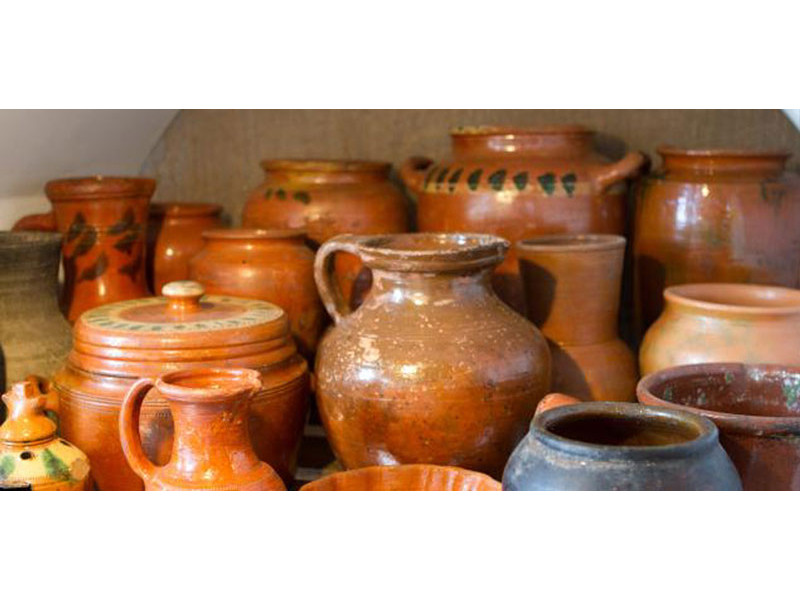
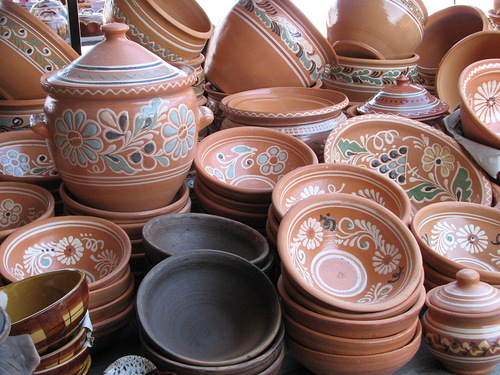
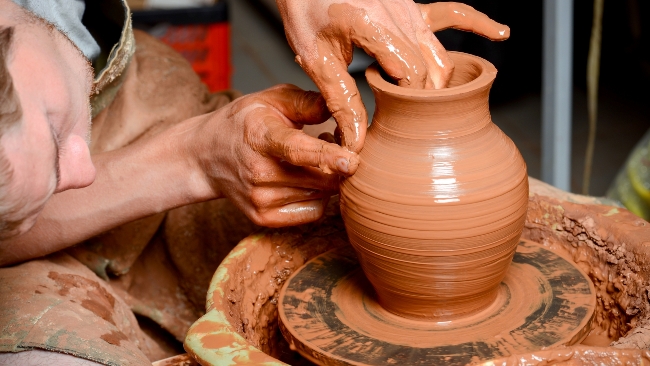
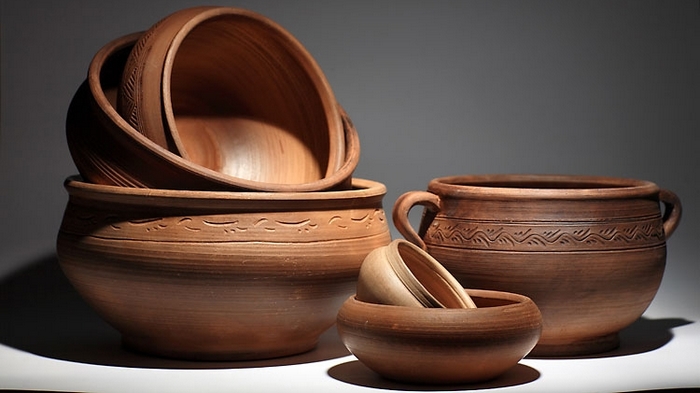
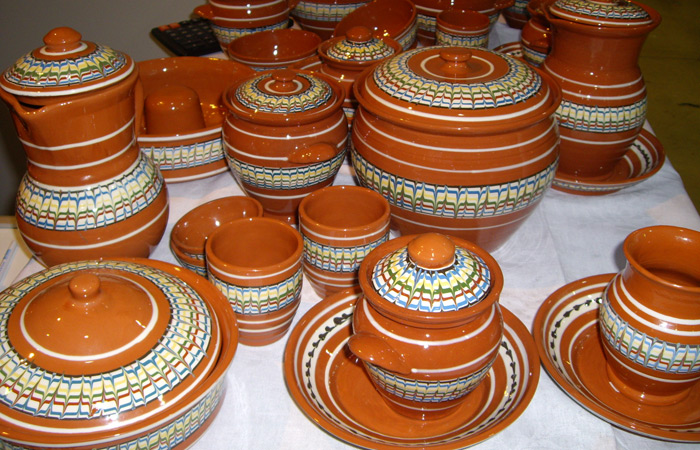
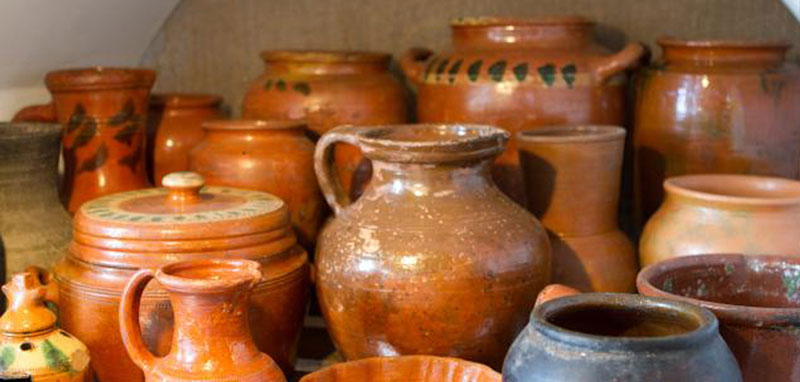
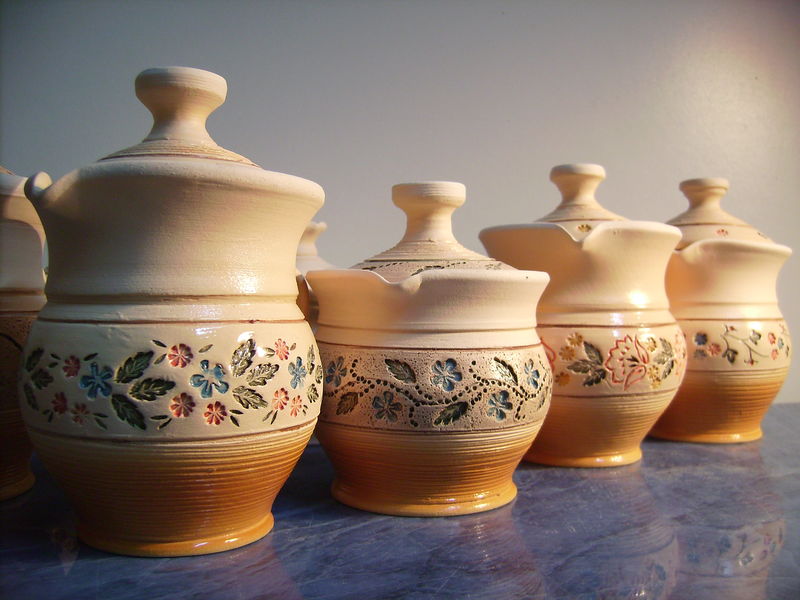
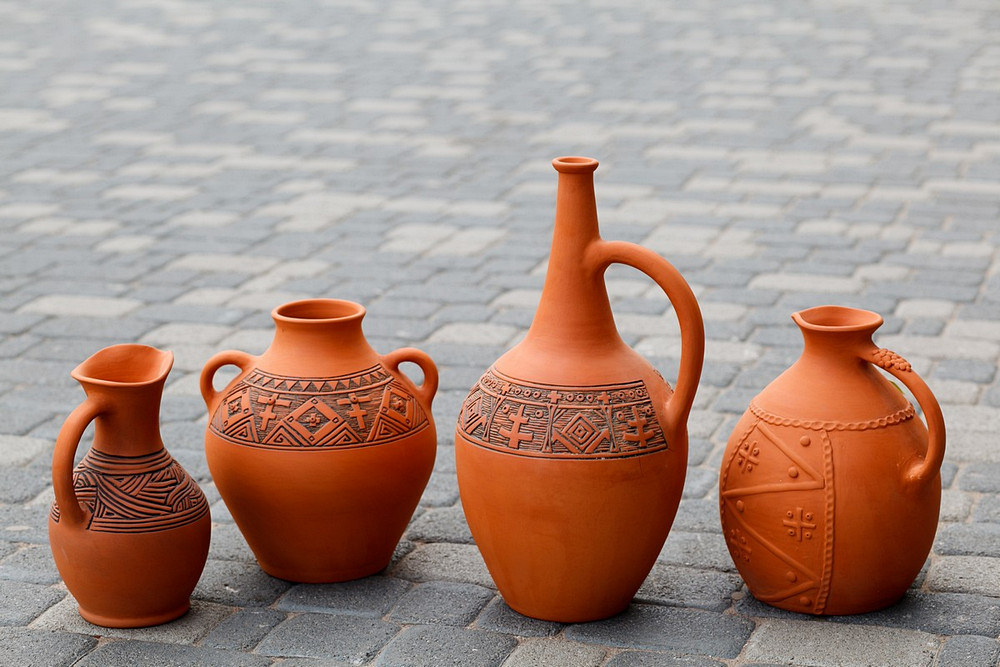
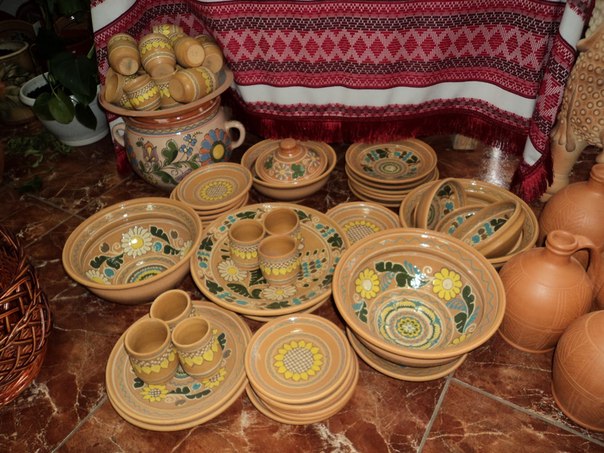
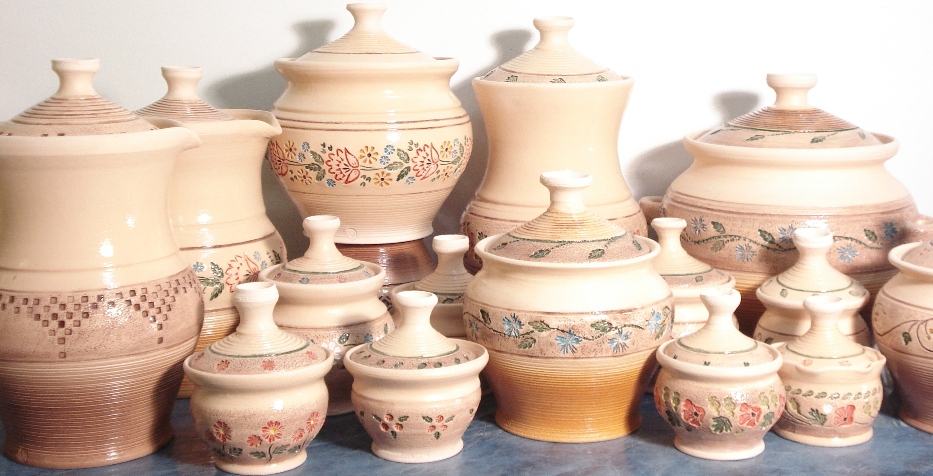
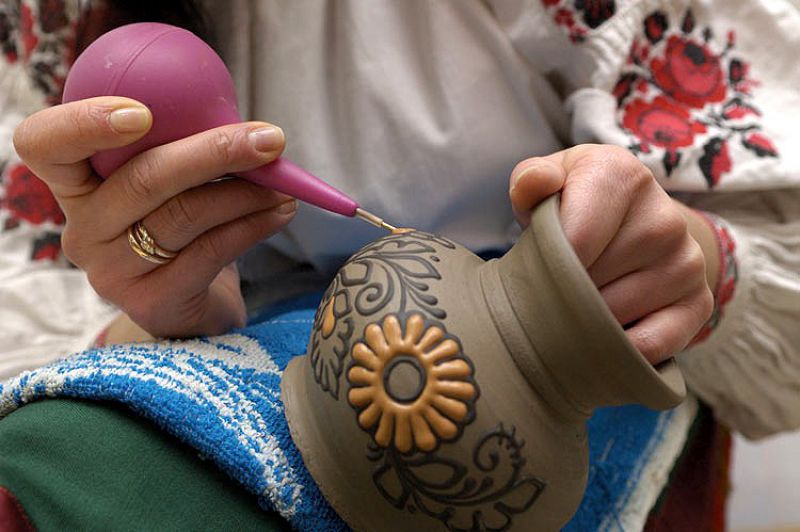
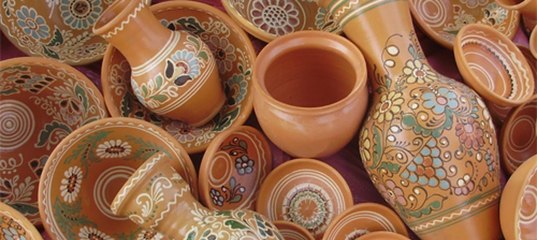
Write a comment